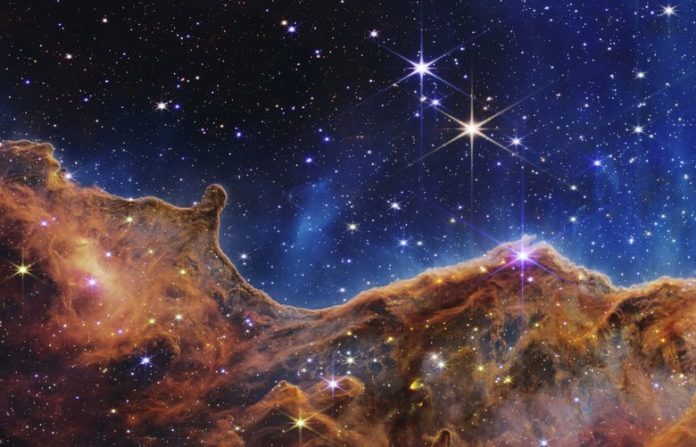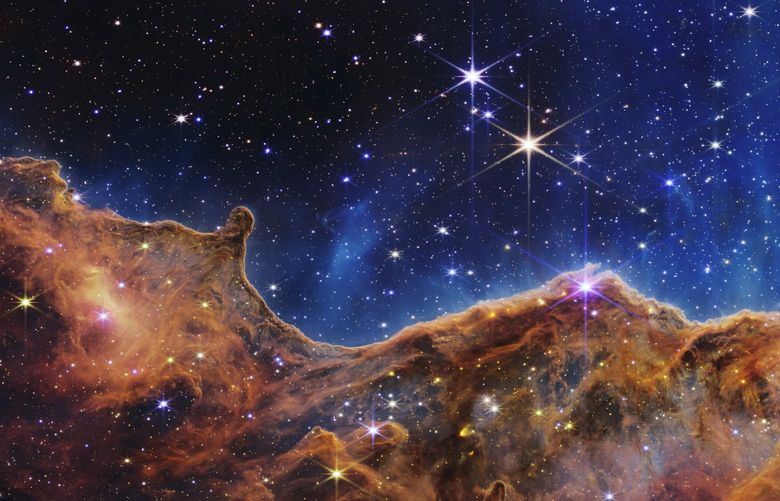In 2002, Sean O’Keefe, then the NASA administrator, announced that the agency’s next telescope would be named for James Webb, who led NASA during the 1960s, when it was gearing up to land people on the moon. He was a staunch champion of space science.
Some astronomers were disappointed that it would not be named for an astronomer, while others objected on more serious grounds — namely, that Webb bore some responsibility for an event during the Truman administration known as the Lavender Scare that resulted in the purging of gay and lesbian employees from the State Department. At the time, Webb had been the undersecretary of state.
That issue gained prominence a year ago when four astronomers — Lucianne Walkowicz of the JustSpace Alliance and Adler Planetarium in Chicago, Chanda Prescod-Weinstein of the University of New Hampshire, Brian Nord of the Fermi National Accelerator Laboratory and the University of Chicago, and Sarah Tuttle of the University of Washington — published an op-ed in Scientific American, “The James Webb Space Telescope Needs to Be Renamed.”
NASA said it would investigate the claims and publish a report. Subsequently, in September, Bill Nelson, the current NASA administrator and a former Florida senator, announced that he saw no need to change the name. No report was ever released, infuriating the critics.
In March after the telescope launched, Nature magazine reported on the basis of FOIA requests that NASA had taken the allegations seriously enough that Paul Hertz, then NASA’s director of astrophysics, had written outside astronomers asking if he should change the telescope’s name. The answer was no, but he did not talk to any LGBTQ astronomers.
The magazine also reported records from the case of Clifford Norton. He had been fired from NASA in 1963 — during Webb’s tenure — for being gay, and the archival materials alluded to “a custom in the agency” of firing people for homosexual activity. Norton appealed and won a landmark case against such discrimination in 1969.
In November 2021, NASA’s Astrophysics Advisory Committee asked the agency for a fuller report.
O’Keefe defended his choice in an email.
“Arguably, were it not for James Webb’s determination to fulfill the most audacious vision of his time, our capacity to explore today would be starkly different,” O’Keefe said.
But that was not enough for the critics. “If he’s not responsible for the bad stuff that happened while he was in charge, why is he responsible for the good stuff?” Prescod-Weinstein said. “It seems there’s a bit of double-think happening here, where people assign him responsibility for the things they like about his legacy and pretend that he’s only responsible for the things they like.
“Our telescopes, if they are going to be named after people, should be named after people who inspire us to be our better selves,” Prescod-Weinstein added.









